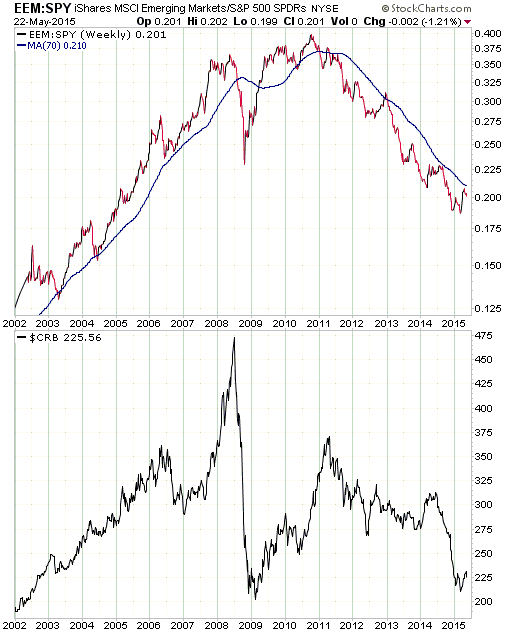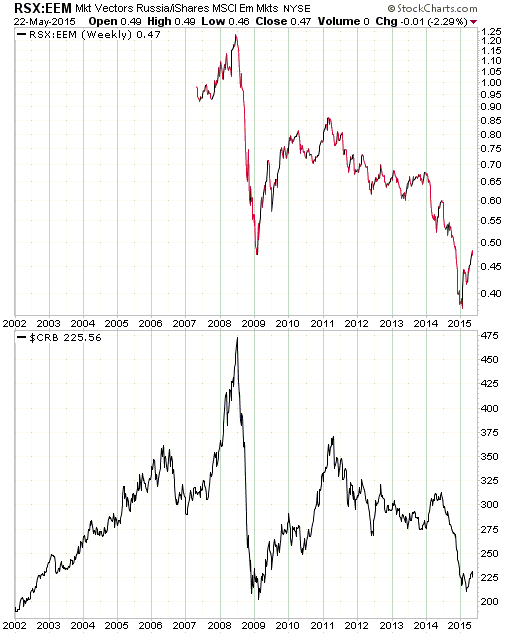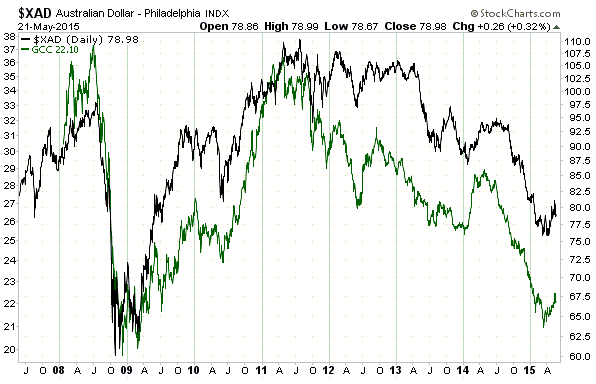During the week since I first wrote about BitGold (XAU.V) the stock price has been on a wild ride. It went from C$4.14 up to C$8.00, down to C$4.50, up to C$6.50, and ended the 25th May trading session at C$5.60. At C$5.60/share and with a new (post-acquisition) share count of around 50M, the company has a market cap of roughly C$280M (US$230M). The product appears to be excellent from the perspective of customers, but is the business really worth US$230M?
Let me ask the above question in a different way. With its current fee structure and likely user base it’s possible that BitGold will never be consistently profitable and cash-flow positive. If a business does not have a good chance of ever being consistently profitable or cash-flow positive, what’s it worth?
As a standalone enterprise it is worth very little, especially considering that the company in question could run into regulatory problems after it puts its debit card into operation (this is the point at which governments will start taking a keener interest). However, it could be worth a lot to another company if the money-losing business is complementary to the acquirer’s existing business. For example, companies such as Google and Facebook have paid huge sums (billions of dollars) for businesses that would likely never be consistently profitable as standalone enterprises. They’ve done so because of the value that these businesses would potentially add to the existing Google and Facebook operations.
In any case, I doubt that anyone who has bought BitGold shares at prices above C$4 has done a realistic calculation of the business’s value as either a standalone enterprise or as an add-on to a larger financial services company. Actually, very few of the buyers would have done any calculation of value whatsoever. Instead, they would have bought because they like the idea of BitGold, oblivious to the fact that a good business can be a bad investment at the wrong price, or because they think that someone else will be dumb enough to pay an even higher price in the future.
Moving on, I’m impressed by the company’s senior managers. They did a terrific job of setting up an electronic gold-trading/payment platform, because the system, although simple from a customer’s perspective, is complex. In addition, they have done a fine job to date of whipping up enthusiasm for the stock and they demonstrated financial acumen by using the over-valued shares to make a big acquisition.
The big acquisition I’m referring to is the purchase of GoldMoney.com (GM), a company founded by James Turk, for about C$50M in XAU shares. GM was originally designed to do what BitGold is now planning to do, although it has since turned into a precious-metals dealing and storage service (it provides a cost-effective way for people to buy, hold and sell gold and other PMs without the hassle of taking delivery).
The first press release announcing the acquisition of GM was issued prior to the start of North American trading last Friday and was very misleading. Almost no financial details of the GM business were provided and the information that was provided created a false impression. Canada’s stock-market regulators obviously picked up on this, as the company’s plan to have its shares re-open for trading last Friday morning (the stock had been halted pending the news) had to be abandoned while it put together a new press release containing more details of what it was buying. This second attempt also appears to have been deemed unacceptable by the regulators, however, so the stock remained halted and a third press release announcing the GM acquisition was put out on Monday morning. The third time was the charm and the stock resumed trading around mid-day on Monday 25th May.
The financial details provided in the final press release revealed that GM’s business was shrinking at a rapid pace, that GM had generated only $5M of cash flow in its best year (2011), and that it was cash-flow negative over the past two years.
It’s unlikely that GM’s 135,000 current users will be significantly more profitable as part of BitGold than they were as part of GM.
I’m yet to read a proper valuation analysis (one that uses realistic assumptions) that demonstrates why BitGold deserves a multi-hundred-million-dollar market cap. Actually, I’m yet to read any proper valuation analysis from the bulls. According to the bullish articles I’ve read, you should simply buy the stock because the product is a great idea and the company’s founder is very smart. It’s as if there is no limit to what you should pay for an investment as long as there is a good story behind it. The bulls on the stock also point out that some big-name investors have taken significant BitGold positions. This is true, but the big-name investors generally paid C$0.90/share or less for their stakes. I could be wrong, but I doubt that they are interested in buying near the current price.
I don’t want it to seem as if I’m on some sort of crusade against BitGold. I very much want the business to succeed, because I like the product and want it to remain available. My only issue is with the stock’s valuation.
Even if the product makes great strides in popularity, with its current fee structure the underlying company will always be a low-margin business and therefore deserving of a low valuation. This, of course, doesn’t guarantee that the stock’s valuation won’t go a lot higher than its current elevated level, given the public’s proven ability to ignore valuation for long periods. There is also a chance that if BitGold can grow its customer base into the millions then it will be worth a lot to another electronic payment company such as PayPal or Mastercard, even if the BitGold business is a consistent money-loser. That’s one reason I definitely wouldn’t want to be short the stock and why, in terms of practical stock-market speculation (my primary source of income), I have no desire to get involved. Instead, I’ll continue to watch from the sidelines with detached amusement.
Summing up, my concern is that at some unknowable future time the “it’s a great product with smart management therefore the stock should be bought at any price” bubble of enthusiasm will collide with the “it will always be a low-margin business and therefore deserves a low valuation” brick wall of reality.
 Print This Post
Print This Post



